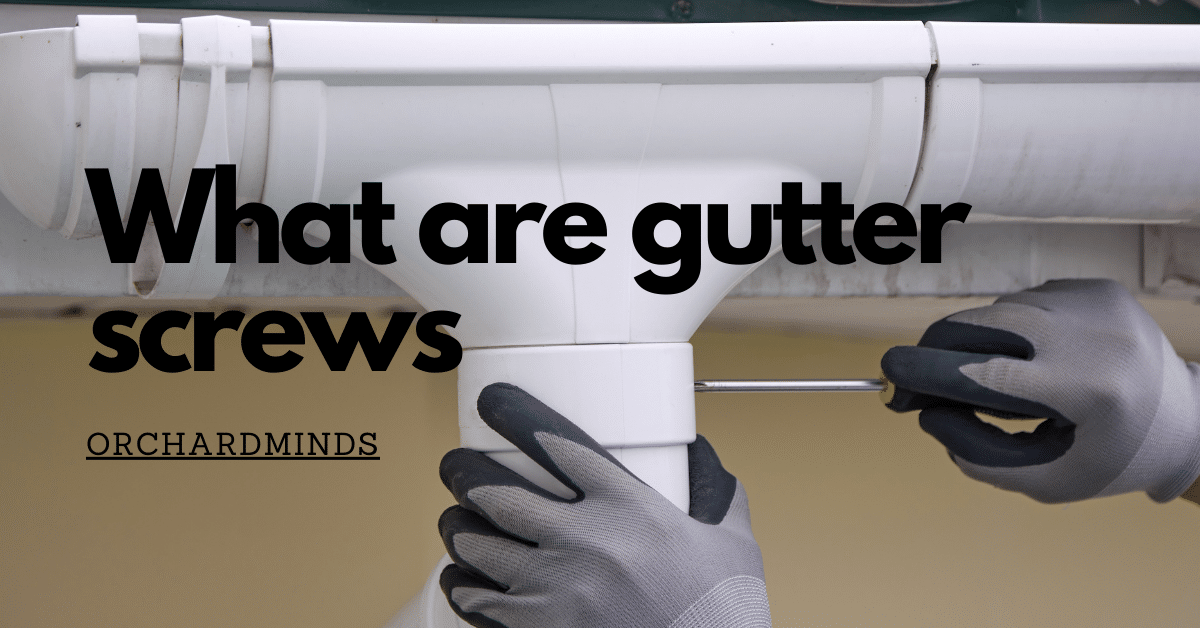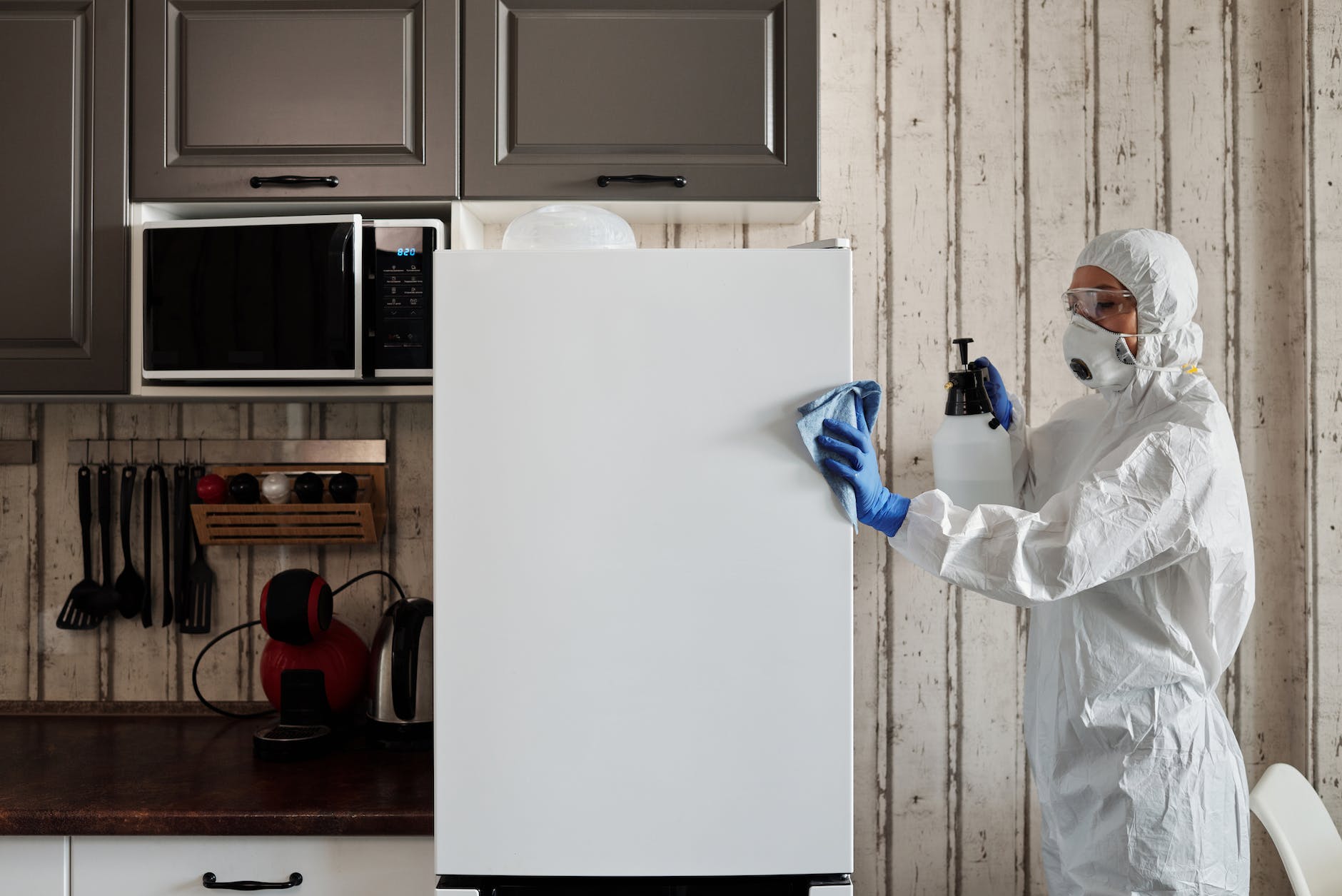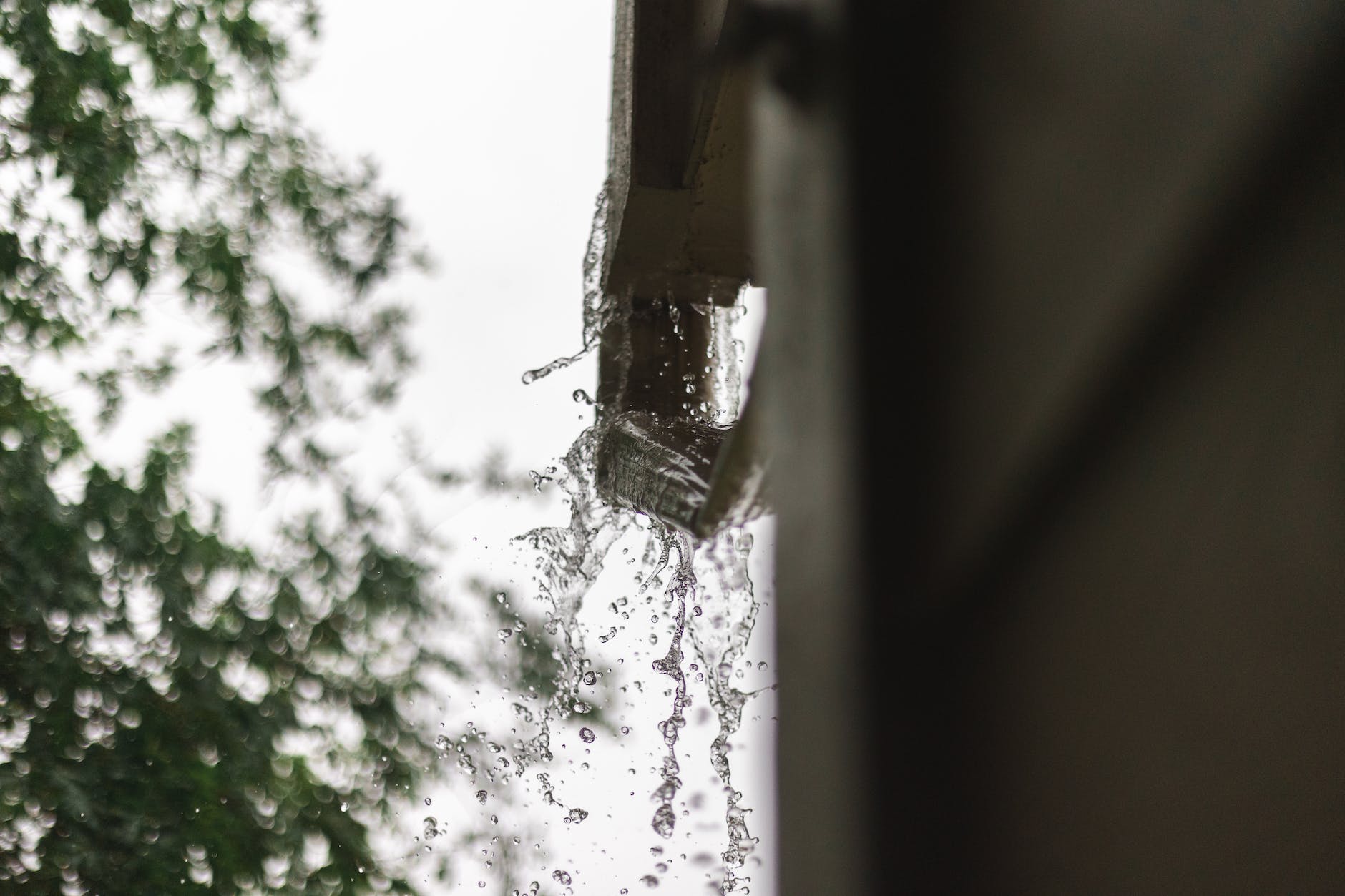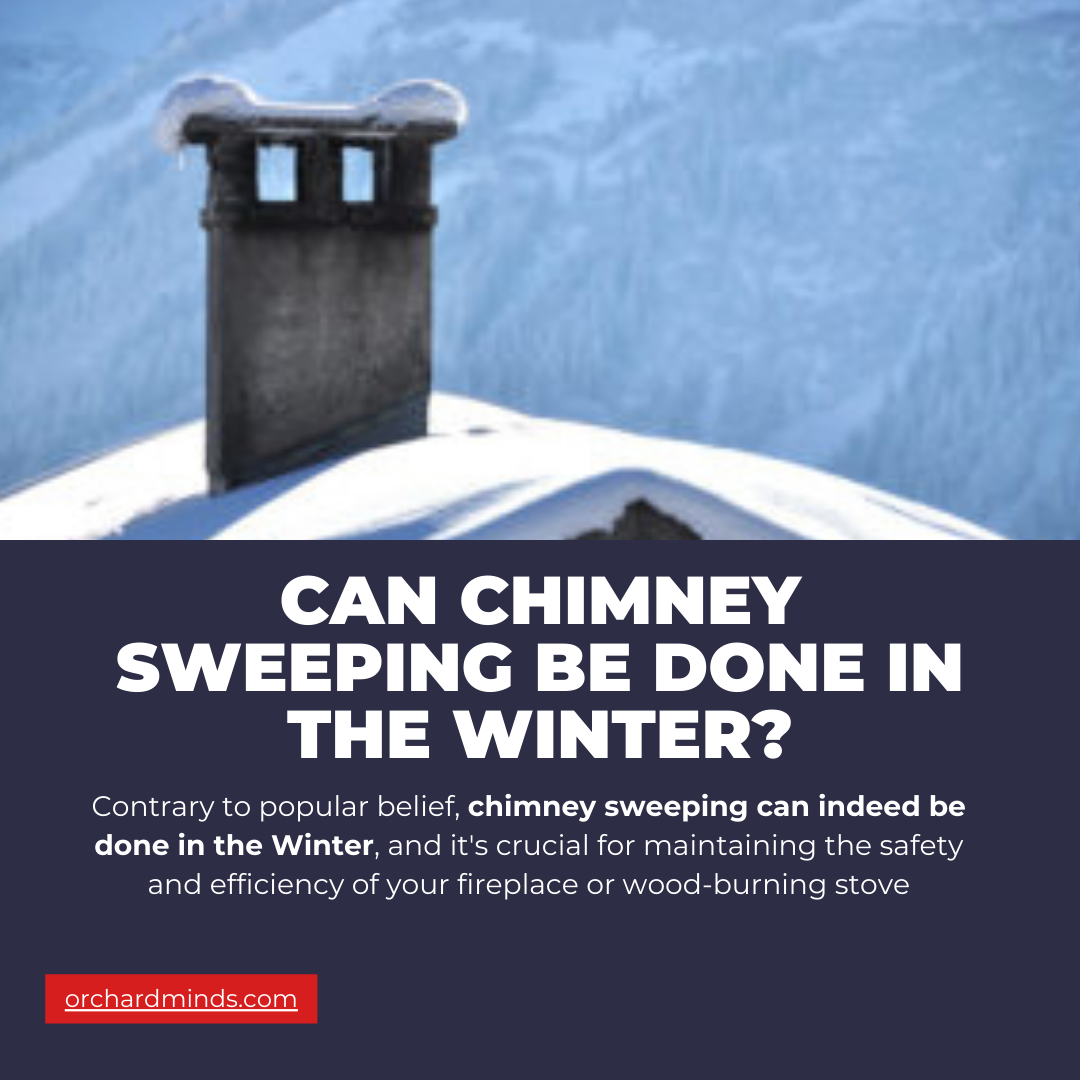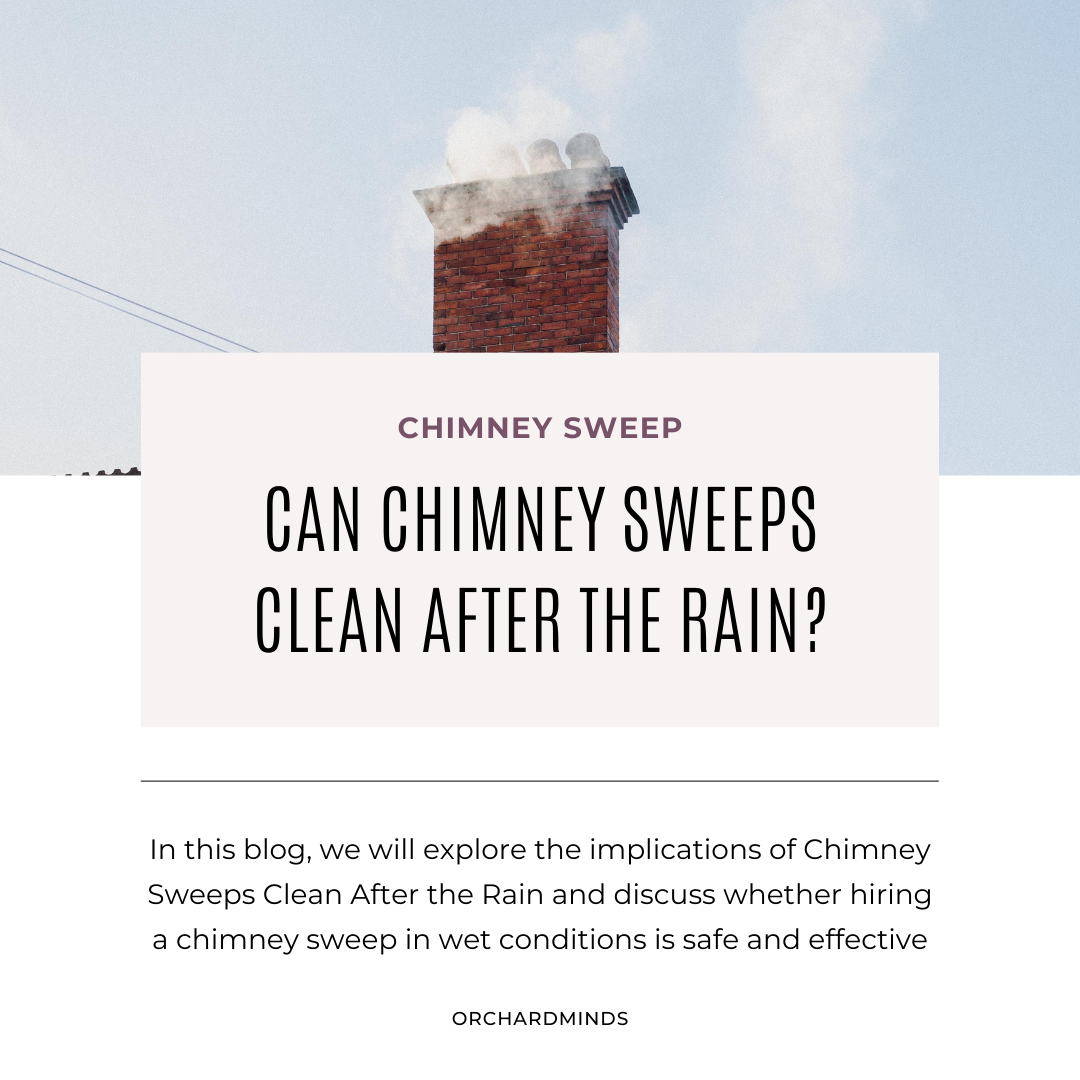Do gutter screws cause water damage ? No, Gutter screws themselves do not typically cause water damage; instead, they are instrumental in preventing it. The primary purpose of gutter screws is to secure gutters firmly to the fascia board, maintaining a stable and effective channel for rainwater drainage. When installed correctly, these screws help prevent sagging, detachment, and misalignment of gutters, ensuring that rainwater is directed away from the foundation and vulnerable areas of a structure.
However, suppose gutter screws become loose or are improperly installed. In that case, they may compromise the integrity of the gutter system, potentially leading to water damage. Regular inspection and maintenance are essential to address any issues promptly and to ensure that gutter screws continue to contribute to the protection of a home against water-related damage.
Pressure-Testing Gutter Guard Screws
Pressure-testing gutter guard screws is a critical step in ensuring the effectiveness and longevity of a gutter protection system. Gutter guard screws are specifically designed to secure gutter guards in place, preventing debris from entering and clogging the gutters. By subjecting these screws to pressure tests, homeowners and installers can verify their resistance to external forces, such as heavy rainfall, wind, and potential impacts from falling branches or debris. This testing process involves evaluating the screws’ ability to withstand various stressors, ensuring they maintain a secure grip on the gutter guard and the gutter itself.
Regular pressure tests help identify vulnerabilities or weaknesses in the system, allowing for timely maintenance or replacement of screws as needed. Ultimately, a reliable gutter guard system, supported by robust screws, provides homeowners with peace of mind by effectively safeguarding gutters and minimizing the risk of water damage to the property.
Type of Screw
Choosing the right type of screw is crucial for various applications, and it often depends on the specific requirements of a project. Common types include wood screws, machine screws, and self-tapping screws. Each type serves a distinct purpose, with wood screws ideal for fastening into wood, machine screws for precision applications, and self-tapping screws for creating threads in materials like metal or plastic. The selection of the appropriate screw type ensures a secure and reliable connection in construction, woodworking, or other DIY projects.
Size & Length
The size and length of a screw are fundamental considerations in achieving a proper and effective connection. Screw size is typically denoted by a numerical or alphanumeric designation, indicating the diameter and sometimes the length. Length is crucial for determining how deeply the screw penetrates the material. Choosing the correct size and length ensures that the screw provides sufficient grip and support without compromising the structural integrity of the material. Proper sizing and length selection contribute to the overall strength and stability of the assembled components.
Metal Composite
Screws designed for use in metal composite materials are engineered to address the unique challenges posed by these substances. Metal composite screws are crafted from materials like stainless steel or other corrosion-resistant alloys to withstand exposure to diverse environmental conditions. These screws often feature specialized thread designs to enhance grip and prevent slippage in metal composites. The use of these screws ensures a durable and resilient fastening solution for applications such as metal roofing, cladding, or composite panel installations, where traditional screws might be less suitable due to the distinct properties of the materials involved.
What is a “water tight screw?”
A “watertight screw” typically refers to a screw or fastener designed to create a seal that prevents the ingress of water. These screws are commonly used in applications where maintaining a watertight or water-resistant seal is crucial, such as in construction, plumbing, or marine environments. The design of watertight screws often includes features like rubber gaskets, washers, or special coatings that act as barriers against water penetration. These screws are essential for securing components in areas susceptible to water exposure, ensuring the integrity of structures and preventing water damage. The term can also be used in the context of specialized screws used in waterproofing applications, where maintaining a seal against water intrusion is of utmost importance.
Safe Places for roof screws
Roof screws play a crucial role in securing various roofing materials and components, and their proper placement is essential for the structural integrity and longevity of the roof. Here are some safe and strategic places for roof screws:
- Roof Panels or Shingles: Roof screws are commonly used to secure roofing panels or shingles. They should be placed strategically along the edges and centre of the panels or shingles, following the manufacturer’s guidelines for spacing and placement.
- Ridge and Hip Joints: Securing roof screws at the ridge and hip joints provides additional stability to the roof structure. These areas are critical for maintaining the overall shape and strength of the roof.
- Flashing and Edging: Roof screws are often used to attach flashing and edging materials, helping to create a watertight seal around chimneys, vents, and other roof penetrations. Properly securing these components with screws prevents water infiltration.
- Eave and Gutter Attachment: Along the eaves and gutters, roof screws are used to secure the roof’s overhang and gutter systems. This helps prevent wind uplift and ensures that water is properly directed away from the roof and the foundation of the building.
- Valleys: Valleys, where two roof slopes meet, are susceptible to water runoff and require secure fastening. Roof screws play a role in attaching flashing and roofing materials in these vulnerable areas to prevent leaks.
- Roof Underlayment: Roof screws are also used to secure the underlayment, which provides an additional layer of protection against water infiltration. These screws help keep the underlayment in place and maintain its effectiveness.
- Skylights and Ventilation Systems: Skylights, roof vents, and other roof-mounted systems need to be securely fastened to prevent water penetration. Roof screws are used in these areas to ensure a tight seal and maintain the weatherproofing of the roof.
It’s important to note that the specific placement of roof screws can vary based on the type of roofing material being used, local building codes, and the manufacturer’s recommendations. Professional installation following industry best practices is crucial to ensure the effectiveness of roof screws in safeguarding the structure against weather elements.
